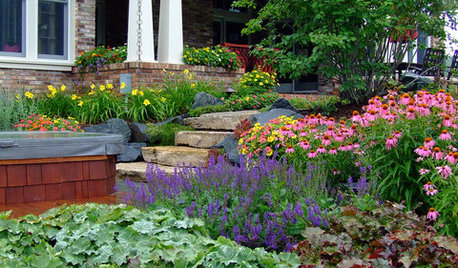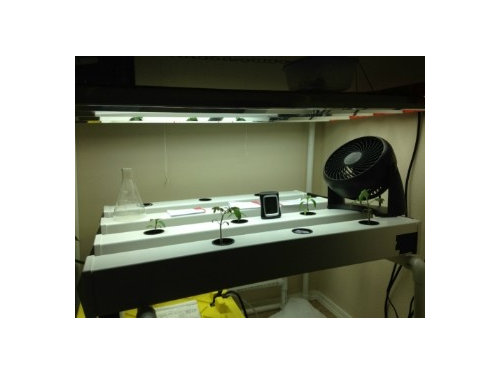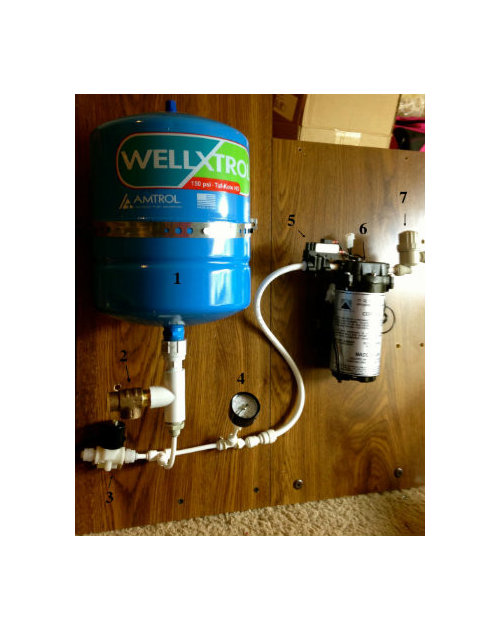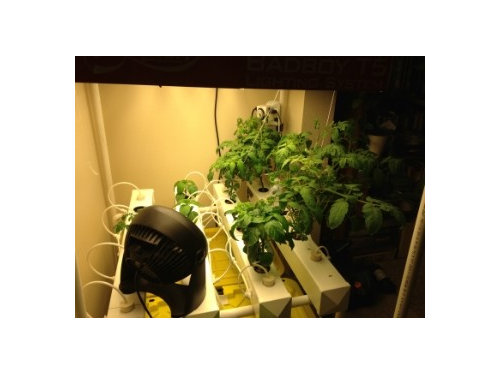A few pics and data from my HPA system
ethnobotany
11 years ago
Related Stories

INSIDE HOUZZInside Houzz: New Data Offer Insights on Landscaping Trends
Homeowners are looking to manage water and add more enjoyment to their landscapes, according to a new Houzz survey
Full Story
MOST POPULAROrganized From the Start: 8 Smart Systems for Your New House
Establishing order at the outset will help prevent clutter from getting its foot in the door
Full Story
INSIDE HOUZZData Watch: Houzz Renovation Barometer Shows a Return to Normal
The majority of home renovation professionals report that business activity has returned to pre-recession levels, though challenges remain
Full Story
DREAM SPACESJust a Few Things for the Dream-Home Wish List
A sunken hot tub, dedicated game room, tree house, hidden wine cellar and more. Which of these home luxuries would you like best?
Full Story
ORGANIZINGDo It for the Kids! A Few Routines Help a Home Run More Smoothly
Not a Naturally Organized person? These tips can help you tackle the onslaught of papers, meals, laundry — and even help you find your keys
Full Story
MOST POPULARA Few Words on the Power of Simplicity
An architect considers a pared-down approach to modern home design
Full Story
GREAT HOME PROJECTSHow to Add a Radiant Heat System
Enjoy comfy, consistent temperatures and maybe even energy savings with hydronic heating and cooling
Full Story
ORGANIZINGWant to Streamline Your Life? Get a System
Reduce stress and free up more time for the things that really matter by establishing specific procedures for everyday tasks
Full Story
PETSGarden Alert: 22 Plants to Keep Away From Pets
Avoid potential danger by keeping dogs and cats away from these landscaping and houseplant favorites
Full Story
KITCHEN DESIGN20 Kitchen Must-Haves From Houzz Readers
We asked you to tell us your top kitchen amenities. See what popular kitchen features made the list
Full Story











grizzman
ethnobotanyOriginal Author
Related Professionals
Edmond Landscape Architects & Landscape Designers · Lake Oswego Landscape Architects & Landscape Designers · Manhattan Beach Landscape Architects & Landscape Designers · Salem Landscape Architects & Landscape Designers · San Juan Landscape Architects & Landscape Designers · Brookside Landscape Contractors · El Reno Landscape Contractors · Nashua Landscape Contractors · North Chicago Landscape Contractors · Northbridge Landscape Contractors · Pompton Lakes Landscape Contractors · St. Louis Landscape Contractors · Sun City Center Landscape Contractors · Tustin Landscape Contractors · Wilton Landscape Contractorsgrizzman
cole_robbie
ethnobotanyOriginal Author
grizzman
ethnobotanyOriginal Author
hex2006
grizzman
ethnobotanyOriginal Author
hex2006
ethnobotanyOriginal Author
hex2006
ethnobotanyOriginal Author
hex2006